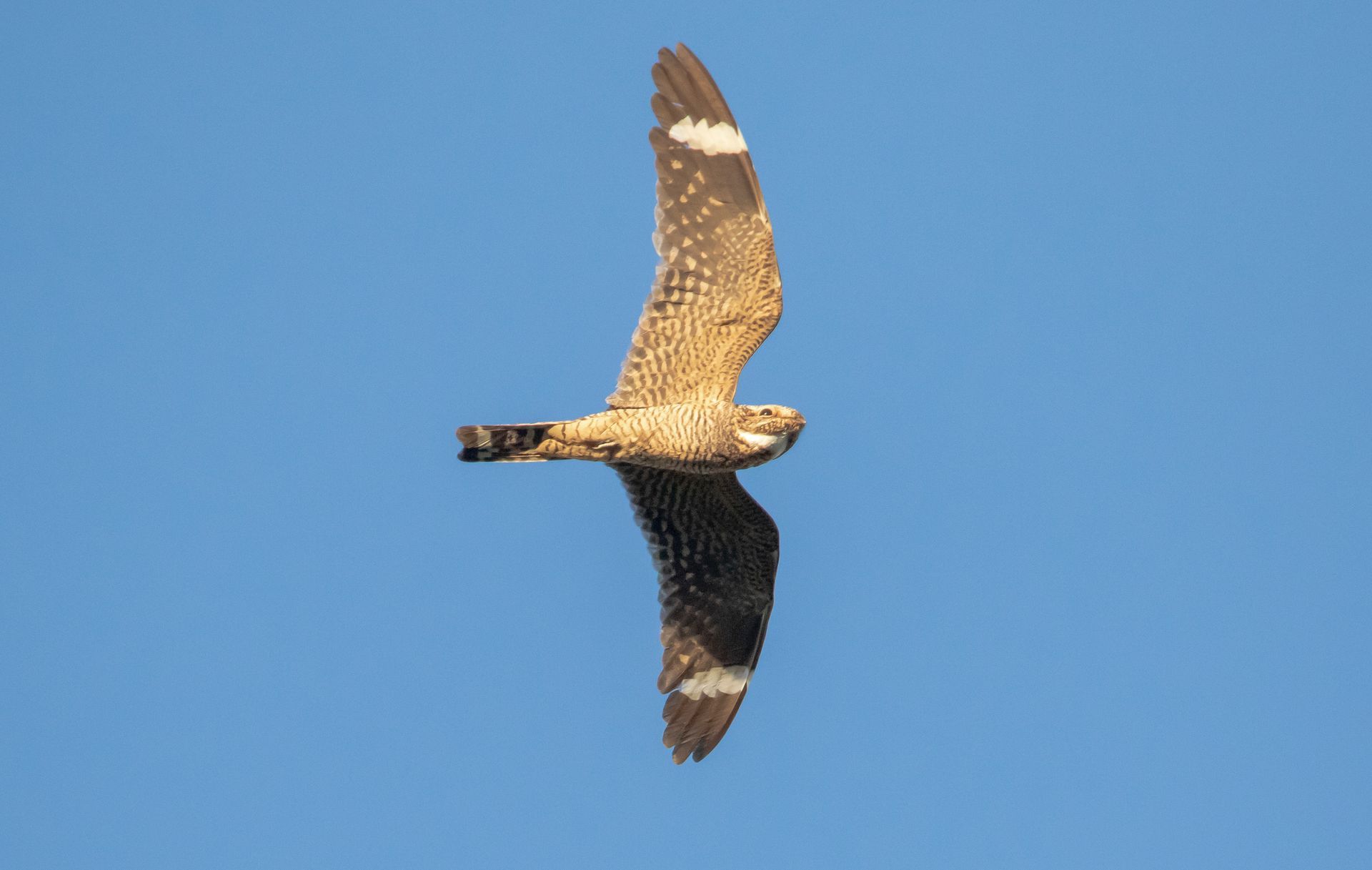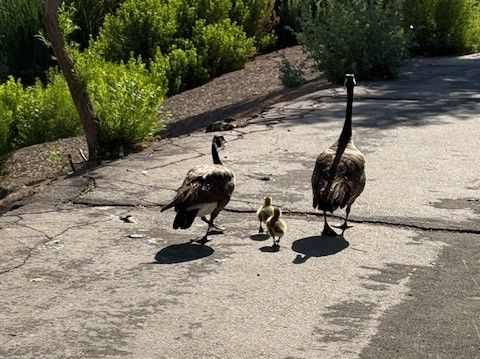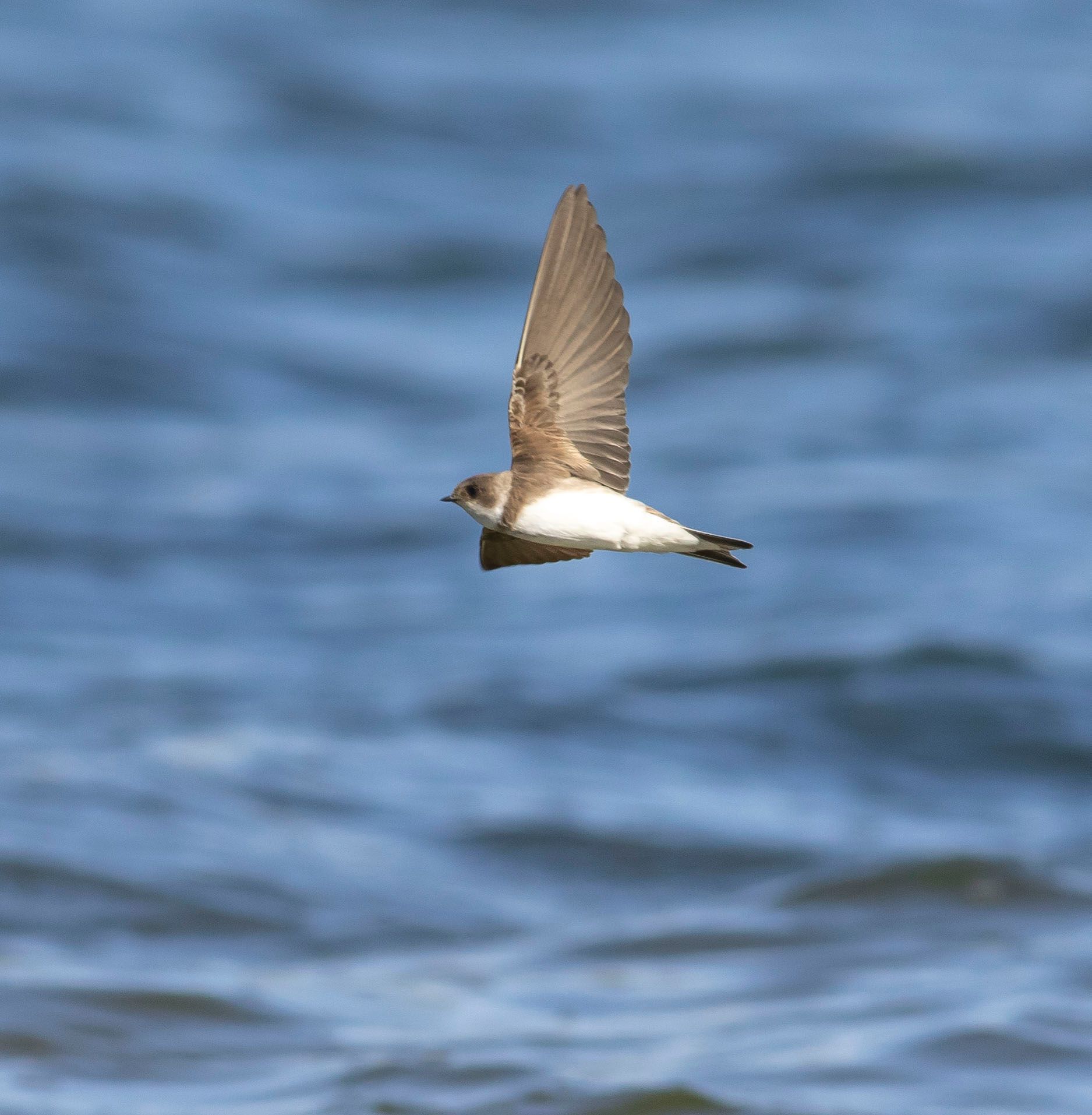Corn Creek

By Jackson Roth
We decided to go to Corn Creek for the first time because I had seen some incredible pictures of desert birds from the website www.birdandhike.com. Unlike going to Henderson Bird Preserve or Floyd Lamb Park, we would be spending the entire time in a desert habitat and therefore hopefully seeing the birds that mainly thrive there like Horned Larks and Swainson’s Hawks. We explored the area, and, while the Corn Creek ranch was a cool historical site and the hikes in the barren desert were beautiful, the sparrows, ravens, and mockingbirds there did not excite us. While the afternoon at Corn Creek had been lovely, we hadn’t seen many interesting birds or bird behaviors.
On our way back we had seen some small shapes flitting up in the sky, too far to identify, but then, as we walked out of a cluster of trees, we suddenly saw that there was a group of them, swooping low to a lake. We now recognized them as lesser nighthawks. Above them, swallows were calling while the nighthawks were gliding low to the lake. The nighthawks gracefully flitted and dived, swooped and dodged around each other in a chaotic dance. There were around twenty, together creating a swirling mass of excitement. As they flew around each other and over us, we got a clear view, even in the dim light, of their vibrant white wing streaks. Their reflections in the lake made a beautiful mirror image, and the blooming sunset, also reflected, was a gorgeous backdrop to the scene. We were stunned. What was this behavior? It was captivating, whatever it was.
Later, we researched what this behavior was, and we think they were either skimming the lake for bugs, drinking out of the lake, or both. Nighthawks are crepuscular creatures, so it would make sense that they were feeding in the evening. There were quite a few species of birds around the lake, showing that it was one of the few water sources in this desert area, making it less surprising that a large group of birds was feeding together in this way. While it was stunning to us at the time, they were probably just doing their usual feeding behavior, which shows that sometimes when birds do simple things, it looks incredible to humans.
RECENT ARTICLES



